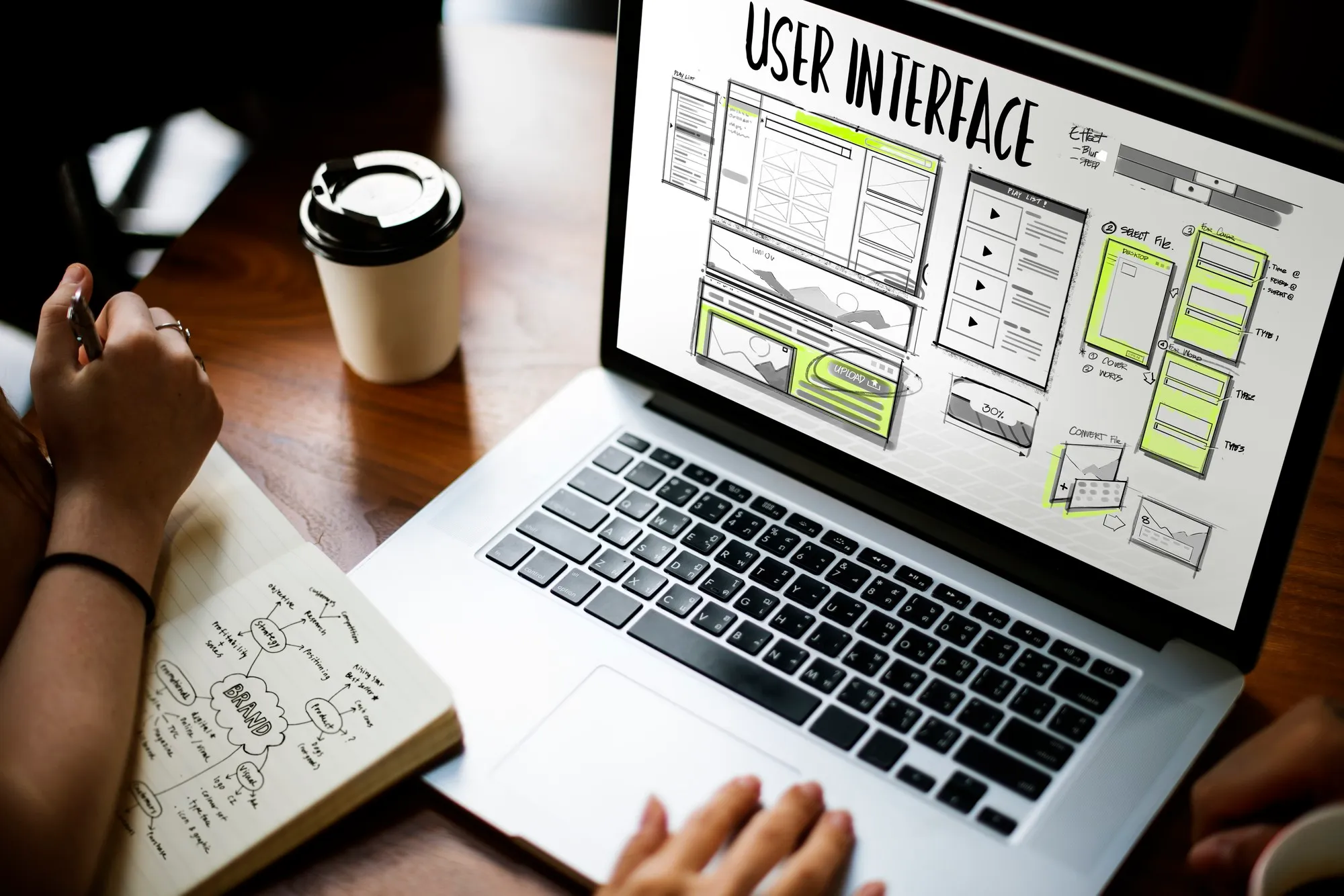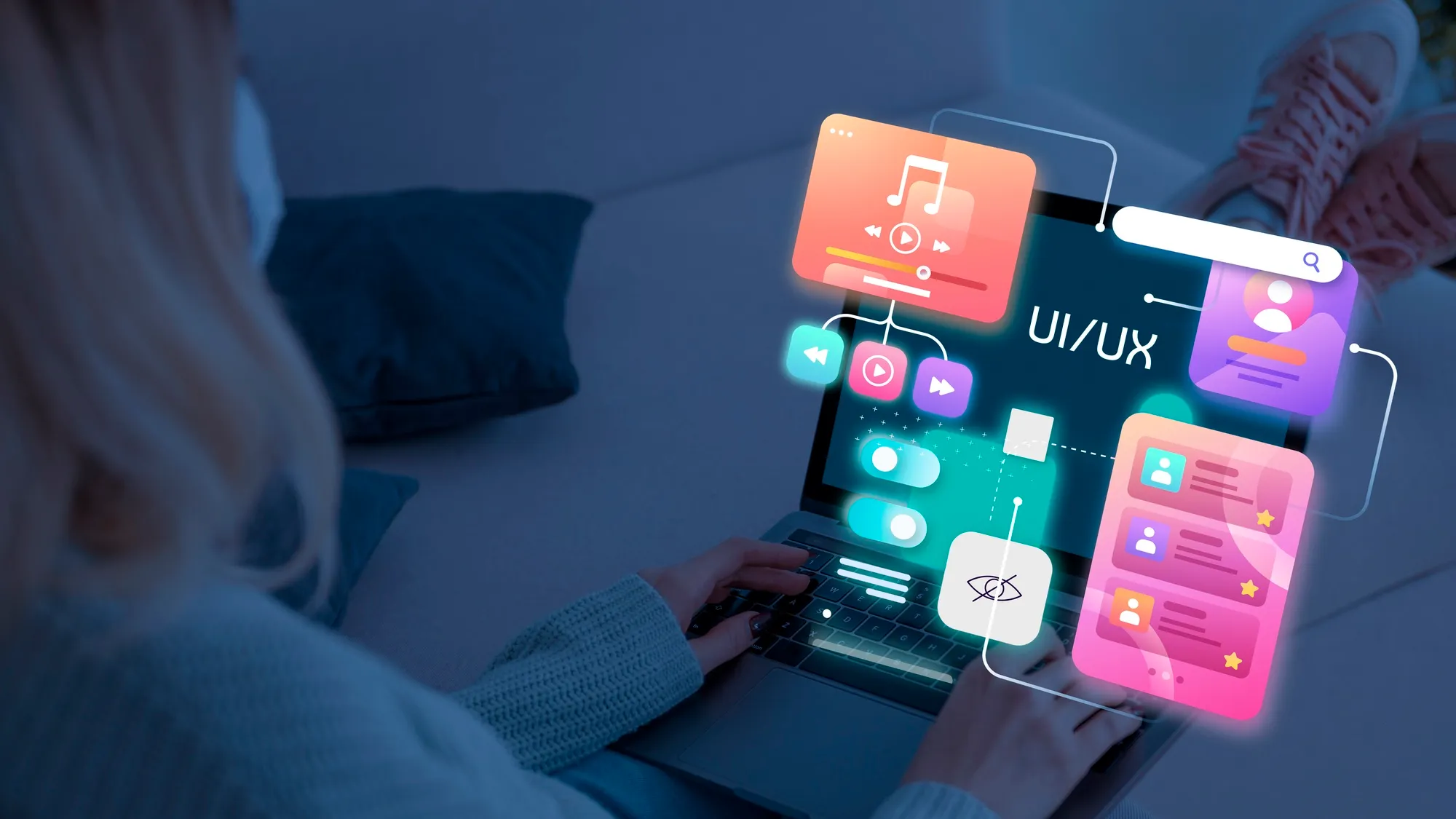Introduction
Web design evolves every year, reflecting changes in technology, user behavior, and creativity. For 2025, web design trends focus on user engagement, functionality, and cutting-edge technology. From AI-driven designs to immersive 3D visuals, these trends aim to elevate user experience and establish stronger brand identities. This article covers the top web design trends for 2025 and how they can revolutionize your website’s aesthetics and performance.
Table of Contents
- AI-Driven Personalization
- Minimalist Design with Purpose
- Dark Mode Evolution
- Immersive 3D Experiences
- Accessibility and Inclusive Design
- Micro-Interactions and Animations
- Voice User Interfaces (VUIs)
- Sustainability in Web Design

1. AI-Driven Personalization
Artificial Intelligence (AI) is transforming web design by delivering highly personalized user experiences. AI algorithms analyze user behavior to present tailored content, product recommendations, and interactive elements.
Key Features:
- Dynamic layouts adapting to user preferences
- Real-time chatbots with advanced conversational capabilities
- Personalized recommendations based on browsing history
Implementing AI into web design helps retain users and increases conversions by making their journey more engaging and relevant.
2. Minimalist Design with Purpose
Minimalism in web design remains a strong trend, focusing on simplicity and functionality. This approach reduces clutter while highlighting key elements, ensuring smooth navigation.
Why It Works:
- Faster load times and better performance
- Emphasis on core messages without distractions
- Enhanced mobile responsiveness
Minimalism paired with creative typography and bold color palettes makes websites both visually appealing and user-friendly.
3. Dark Mode Evolution
Dark mode continues to dominate web design, offering aesthetic appeal and practical benefits like reduced eye strain and energy efficiency. In 2025, expect to see dynamic dark mode options where users can customize themes based on preferences.
Benefits:
- Enhances readability in low-light environments
- Creates a modern and sleek look
- Reduces power consumption on OLED screens
4. Immersive 3D Experiences
With advancements in WebGL and other technologies, 3D elements are becoming more accessible. Immersive 3D experiences captivate users and create memorable interactions.
Examples:
- Product showcases with 360-degree views
- Interactive 3D animations for storytelling
- Gamification elements for enhanced engagement
5. Accessibility and Inclusive Design
Web accessibility is no longer optional—it’s a necessity. Websites that cater to users with diverse needs foster inclusivity and expand their reach.
Key Practices:
- Text-to-speech features for visually impaired users
- High-contrast modes for colorblind accessibility
- Keyboard-friendly navigation for those with motor impairments
6. Micro-Interactions and Animations
Micro-interactions add subtle yet impactful details to websites, enhancing user engagement. These animations guide users, provide feedback, and make the site feel dynamic.
Popular Examples:
- Button hover effects
- Loading animations
- Progress indicators during form submissions
7. Voice User Interfaces (VUIs)
Voice interfaces are gaining traction as more users rely on voice assistants. Websites integrating VUIs provide a hands-free, interactive experience.
Applications:
- Voice-enabled navigation for accessibility
- Interactive voice-based FAQs
- Multilingual voice commands for global audiences

8. Sustainability in Web Design
Eco-friendly web design focuses on minimizing carbon footprints by reducing energy consumption. Websites with optimized code, green hosting, and minimal server requests align with this trend.
Tips for Sustainable Design:
- Compress images for faster loading times
- Limit autoplay features to save energy
- Use eco-friendly web hosting providers
Conclusion
The top web design trends for 2025 prioritize user-centricity, innovation, and sustainability. By embracing these trends, businesses can create websites that not only stand out but also offer meaningful and engaging experiences. Stay ahead of the curve by implementing these trends and future-proofing your digital presence.
